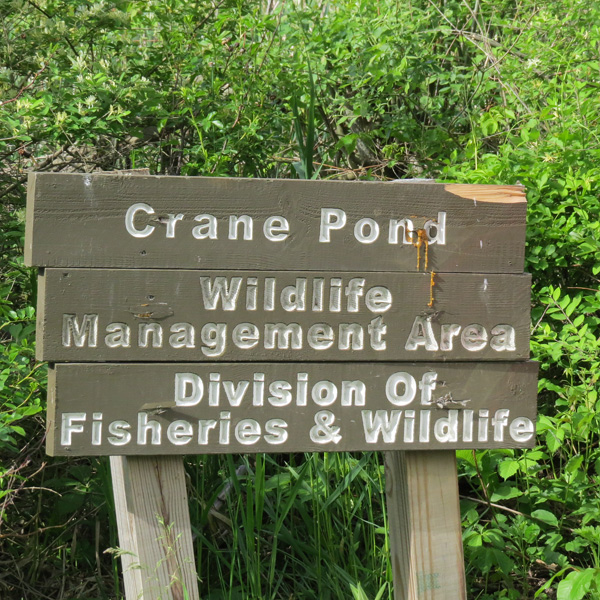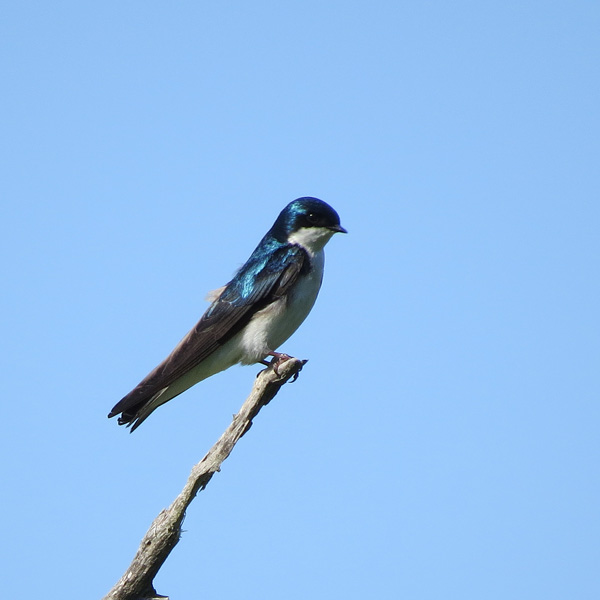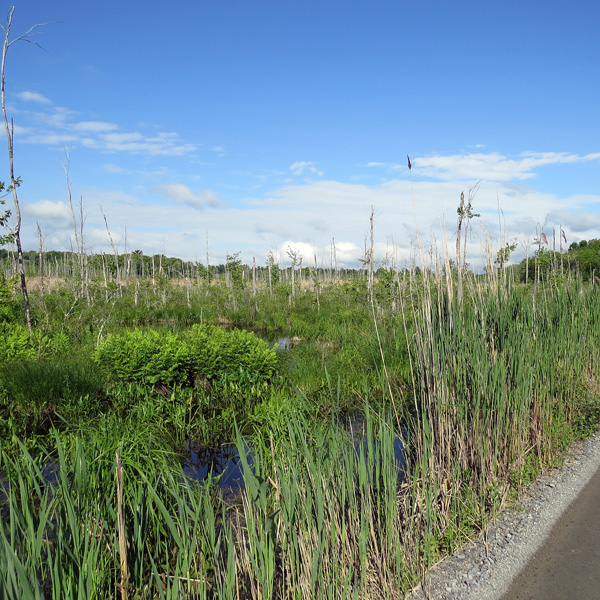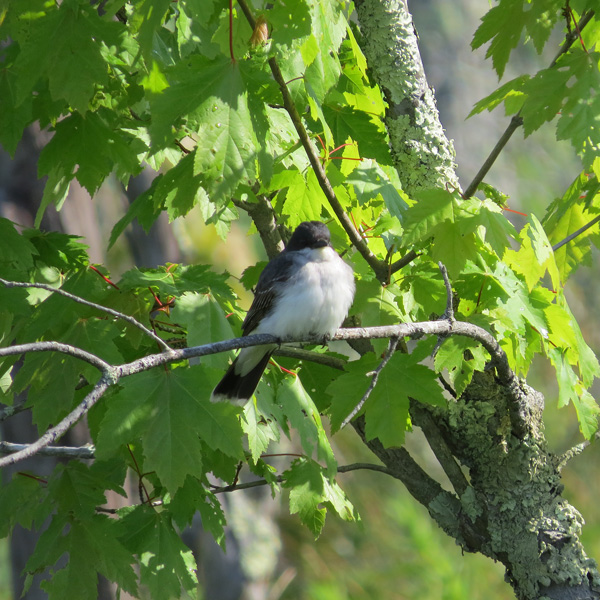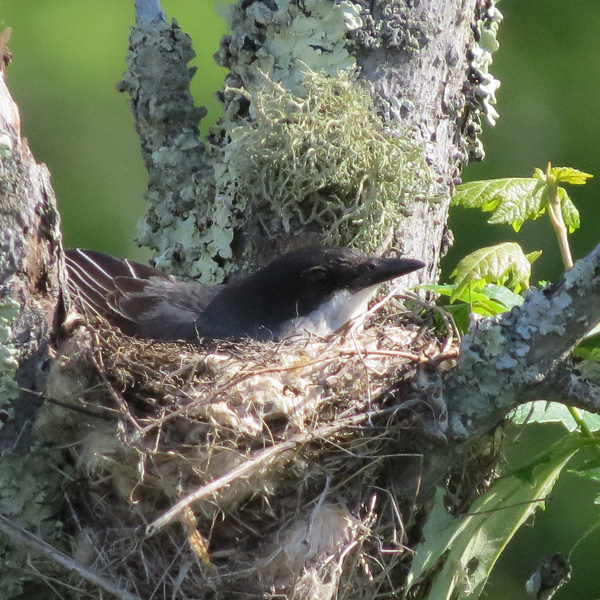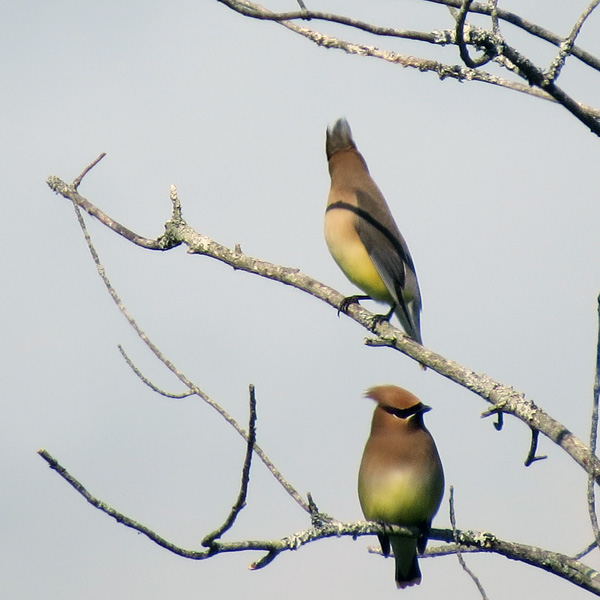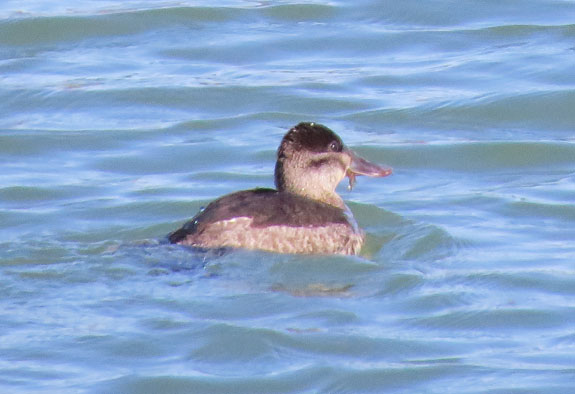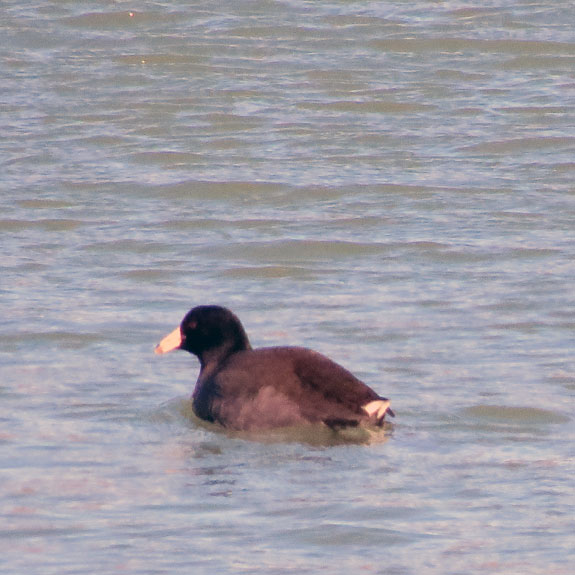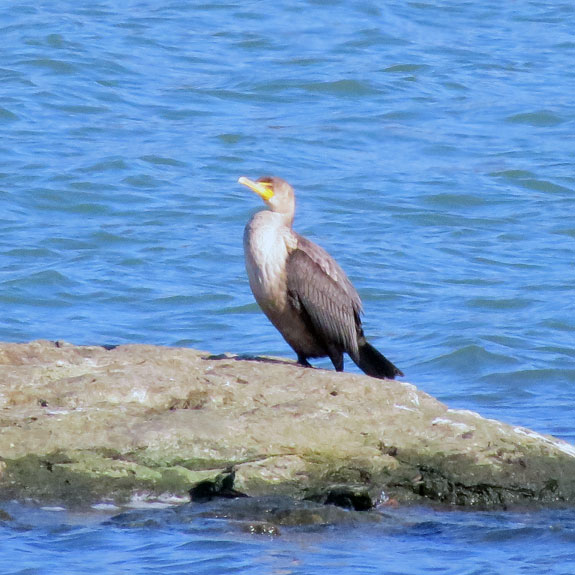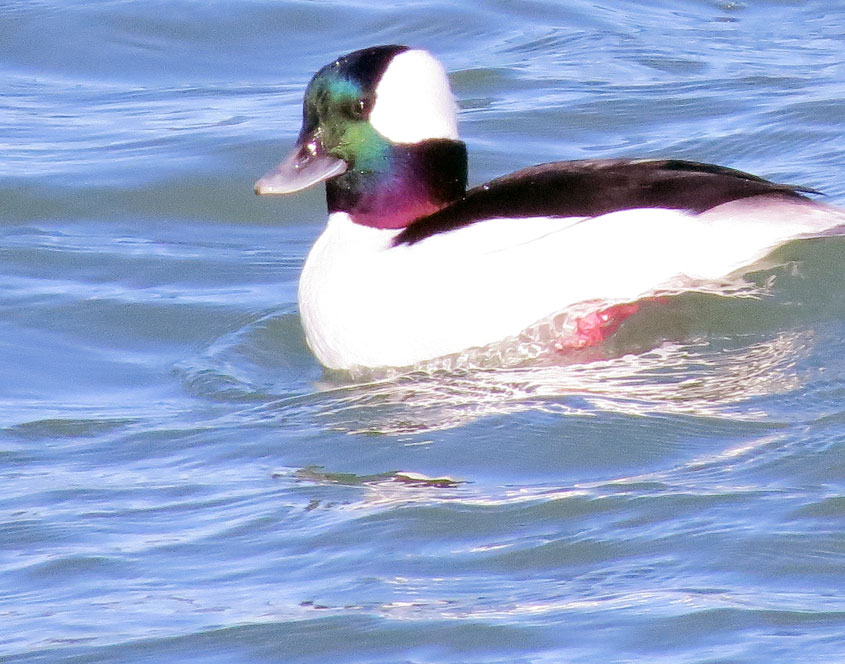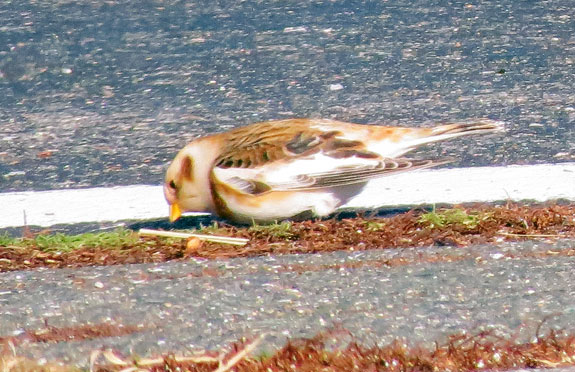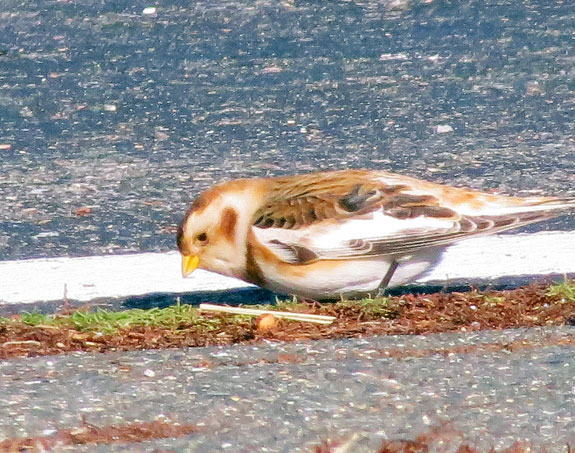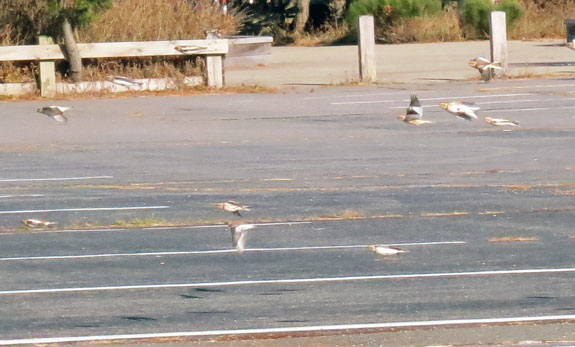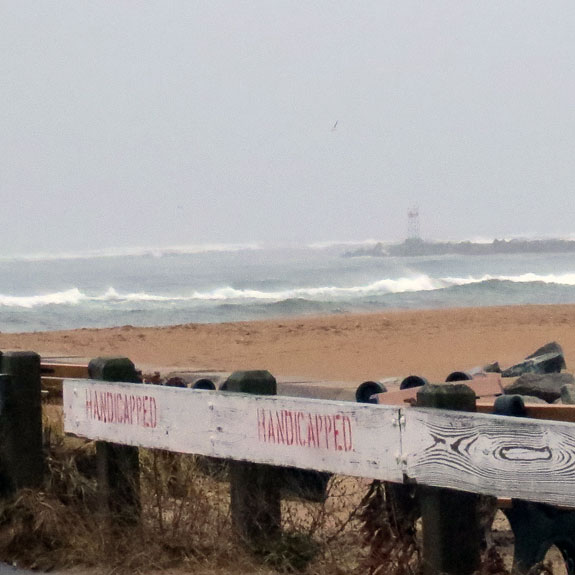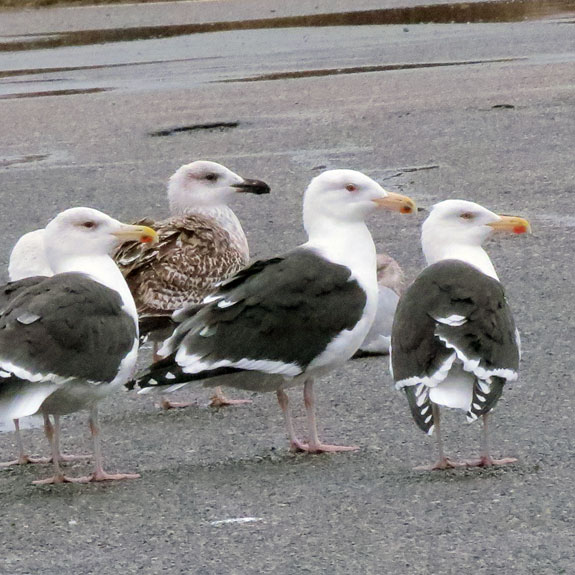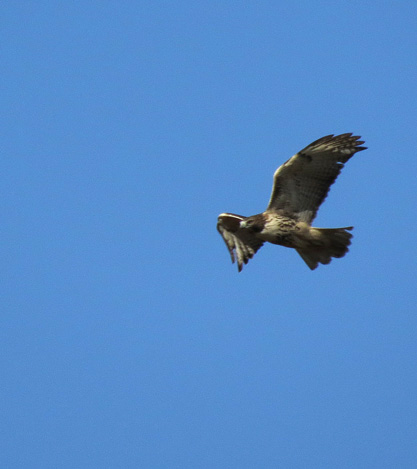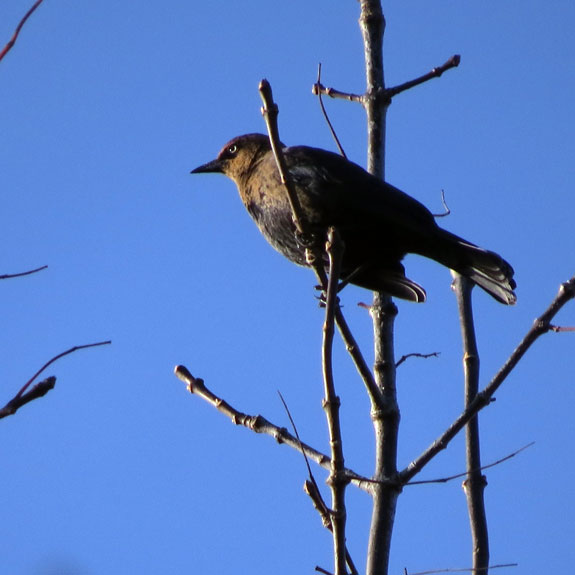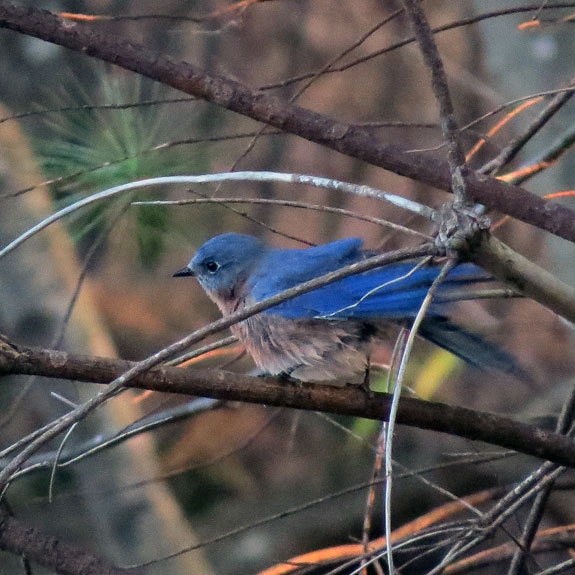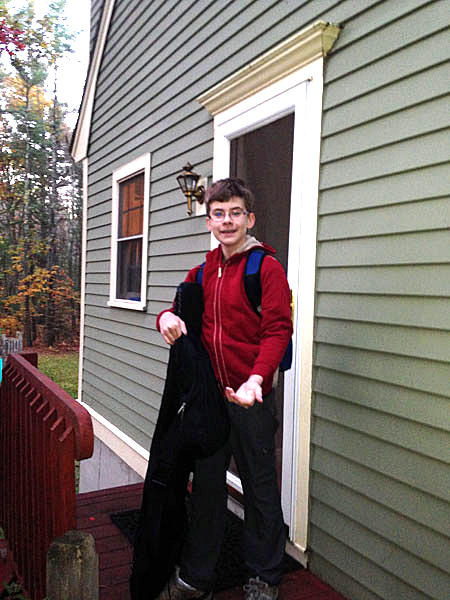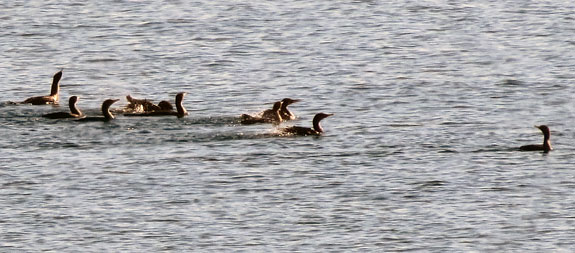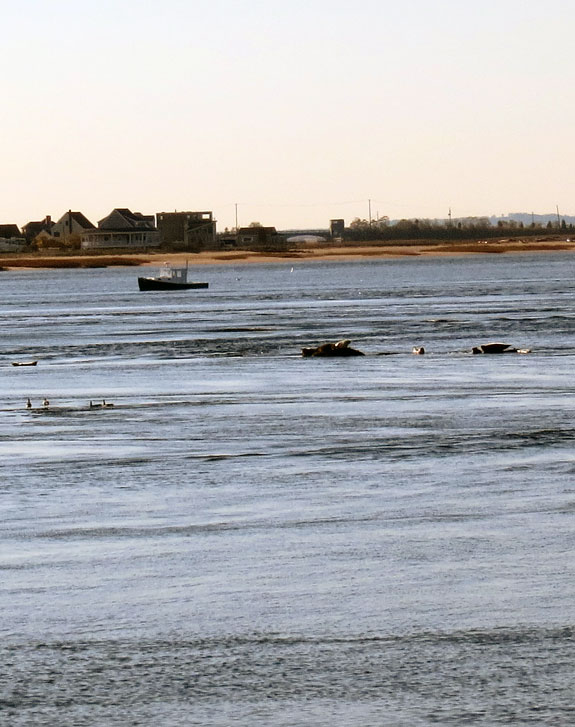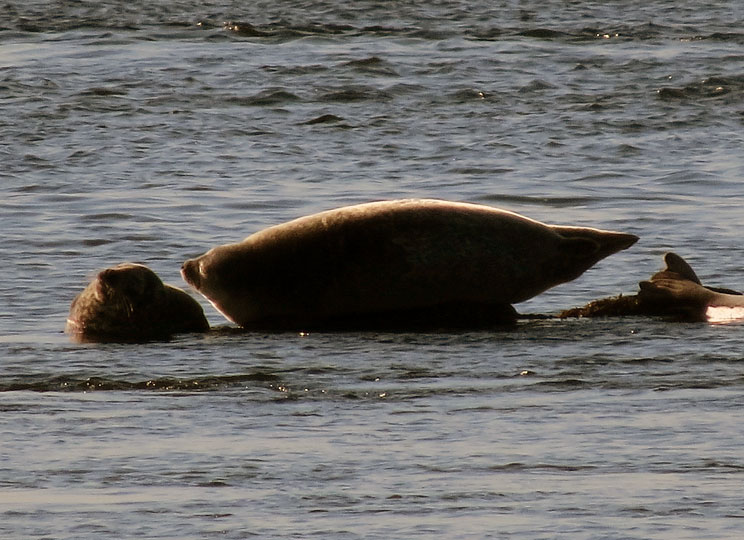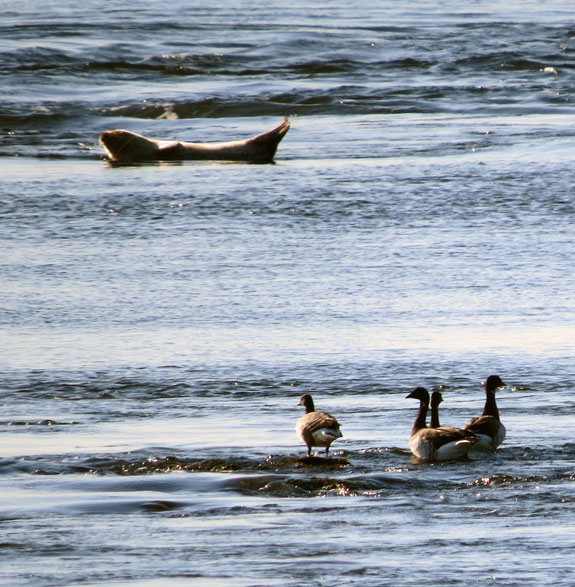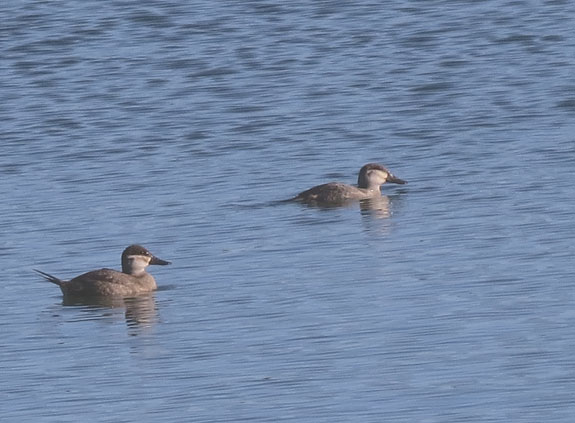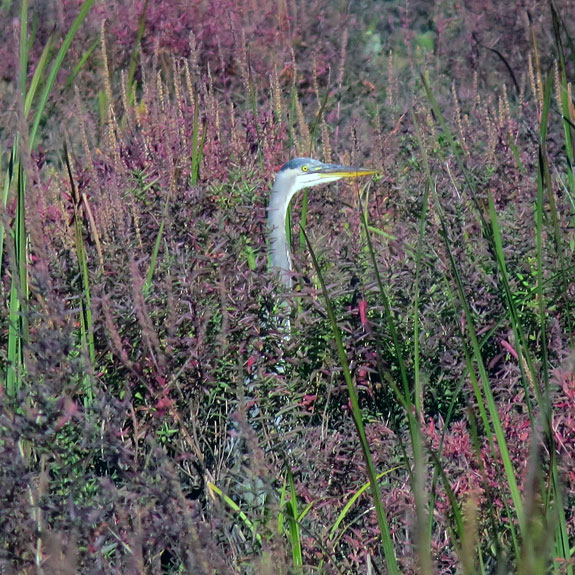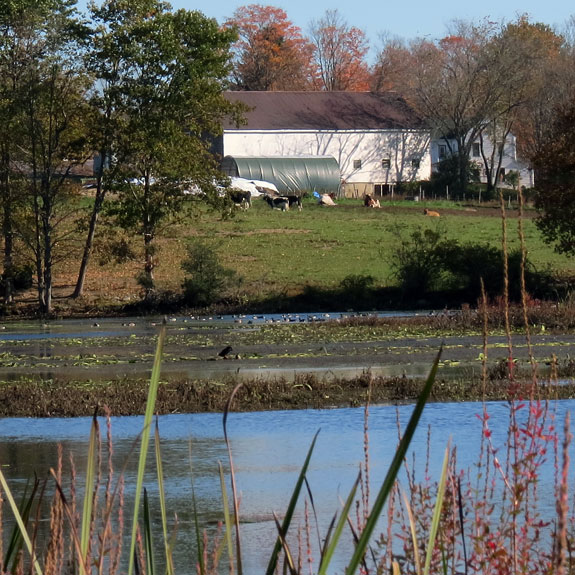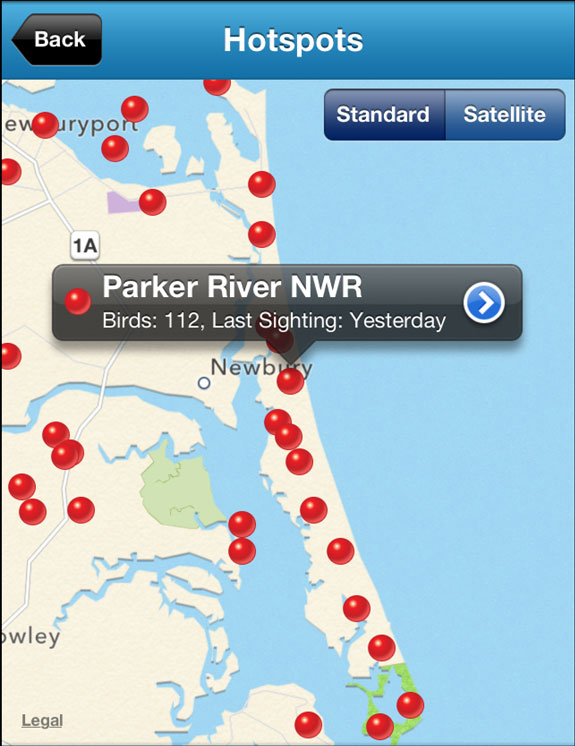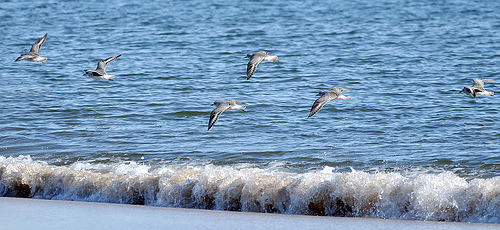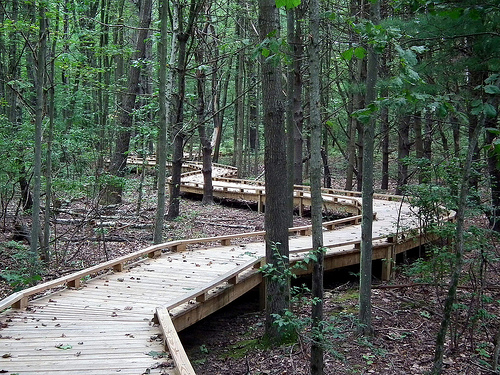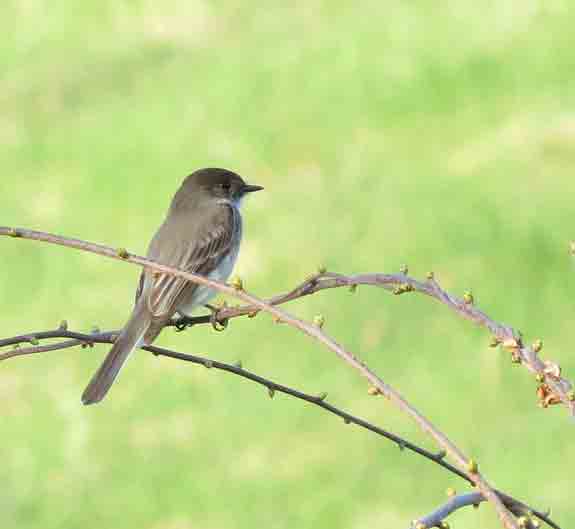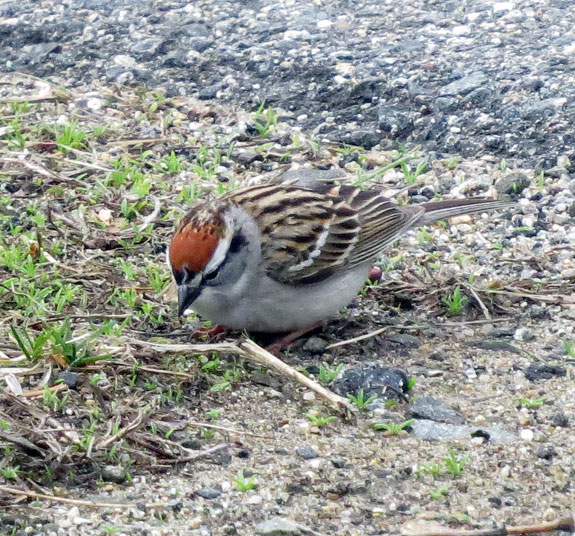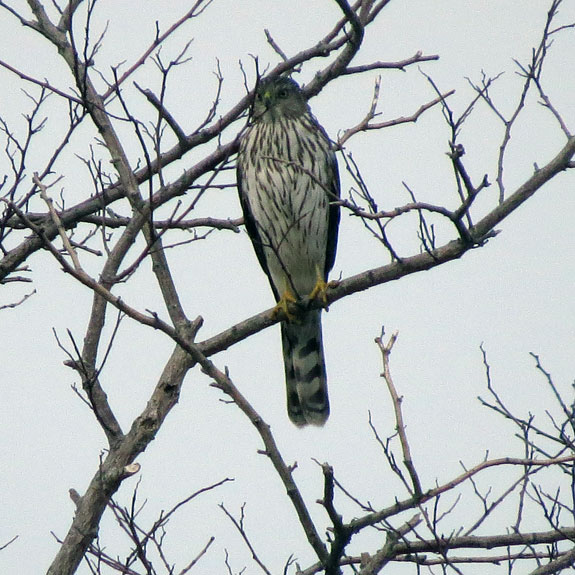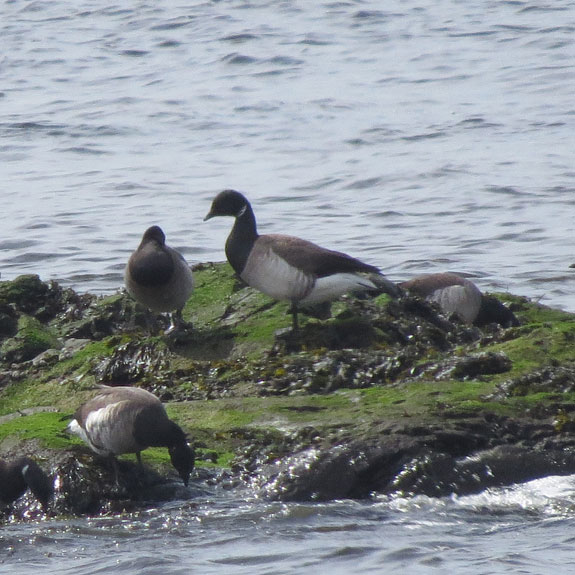After a burst of snow Wednesday night making our driveway interesting to negotiate, I checked weather forecasts and went ahead with my plan to move the Airstream to MA where we can launch after Christmas. It was a blustery chilly morning as I hooked the rig up in 6 degree temperatures. The electrical connection, normally supple, was stiff and everything took longer than normal. The chocks were frozen into the ground as was the front jack plate.
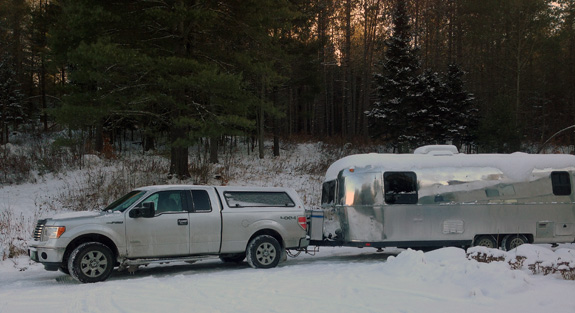
Hooked up and about ready to go — once the driver’s fingers thaw.
I used low 4WD for the first time to crawl down the driveway about 8 AM and soon, was wending my way past parked trucks and backing-out cars in downtown Montpelier. The roads were marginal but the interstate had a good clear lane and a slippery passing lane. Of course, the windshield washer fluid was blocked by ice so the first stretch featured a windshield streaked with salt. I got everything cleaned up and working at the first rest stop.
The truck felt a little squirrelly on the road, like the front end was floating a bit. It could be a balance issue with the new rig, it could have been the tail-wind pushing the trailer, or it could have been just me not used to the feel of towing, after a two year layoff. I did tighten a sway damper at that first stop and things either got better, or I just got used to things. It’s something to work on.
Driving I-89 in New Hampshire is easy most days — the traffic is light, there are very few trucks, and the hills seem easier than those in Vermont. There’s one thing that, if I let it, drives me crazy. There are mile markers every two/tenths of a mile so if you are not careful, you note mile 11.2, 11.0. 10.8 until it feels like you’ll never get there. Someone, likely a friend of a Congressman, got themselves a pretty lucrative signage project — talk about overkill. Fortunately, I’ve pretty much trained myself to ignore them.

When we stopped in NH, I noticed how much salt we had picked up on the truck and trailer. Wash time may have to wait until Tennessee.
Mid-day on a Thursday is a good time to travel: the traffic on I-93 was moving well as drove south from Concord. I remembered to put the EZ-Pass for the truck/trailer on so we flew through the high speed toll booth and soon were negotiating Route 101 and then down to Merrimac. I called Jennifer and she met me to help me get the trailer parked.
Her driveway is right off a fairly-busy road, which quiets down after rush hour, but it is a tricky backing up situation. Not only is it 90 degrees but it then curves and is rather narrow. You have a stonewall on one side and a split rail on the other. Yesterday, things went very smoothly — the luck of one who hasn’t done much backing up for a while. I soon had the Airstream parked in the wooded area we have cleared out and she took the dog while I buttoned things up and unhitched.
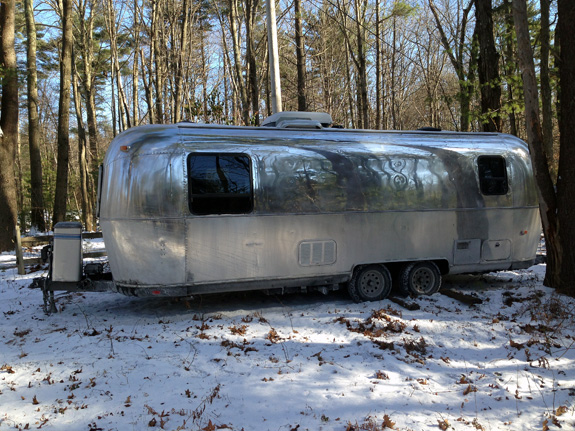
Airstream at rest in MA, badly needing a rinsing to remove road salt. Hopefully, temperatures will rise a bit in the weeks ahead.
Jennifer and her family live in a nice “birdy” area and they have a number of feeders. A bonus to the trip was some lunchtime birding I did walking down the driveway and watching a few moments from the house. I saw a large bird fly low from her lawn — it looked too big for a robin but I just got a glance. Then, as I approached the area, I saw a hawk under the trees on the ground and it immediately flew off, low through the trees carrying a bird or critter. The tail gave it away — a Cooper’s Hawk. I also heard a Carolina Wren, saw a Tufted Titmouse and several woodpeckers, and had a brief but neat birding experience for the day.
The dog and I launched for Vermont right after lunch, starting about one. The truck, without the trailer, reminded me of the feeling in my road racing days when I shed my trainers for racing flats. Same engine but more pep due to less weight.
After stopping for gas, ($3.39 looks good, boy are we conditioned to high gas pricing.) we set the cruise control and made it home in under three hours — by far a new record. Both Jen and Mary have said that there’s no way that happens with them in the truck!
So, we will see how this plan to launch from Massachusetts goes. We’ll finish stocking the trailer after Christmas and head out on Saturday, the 28th if the weather cooperates.
